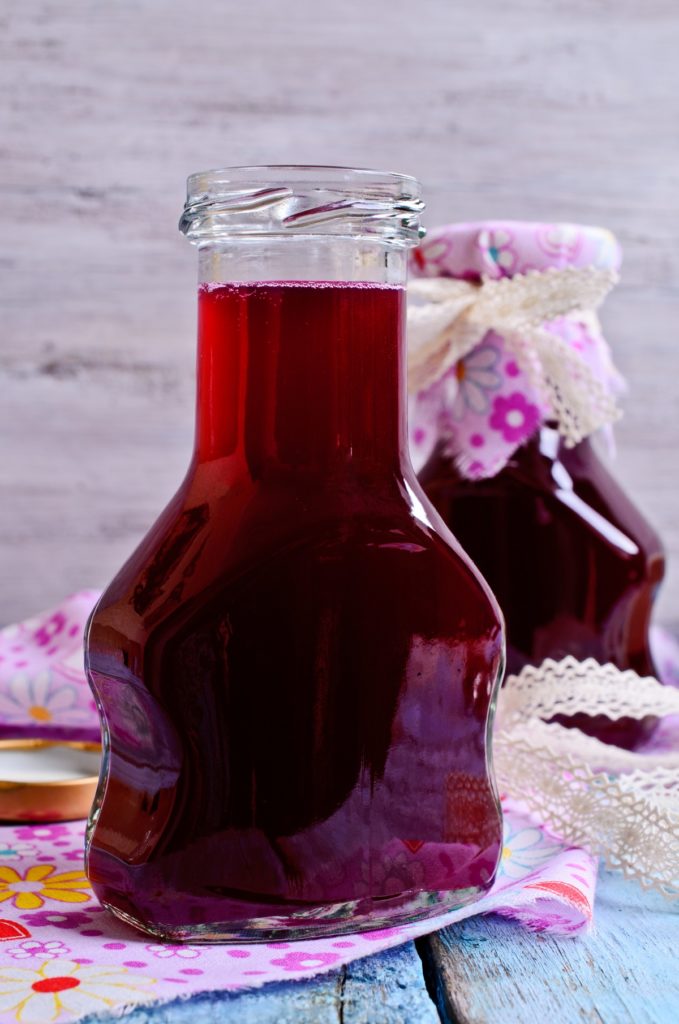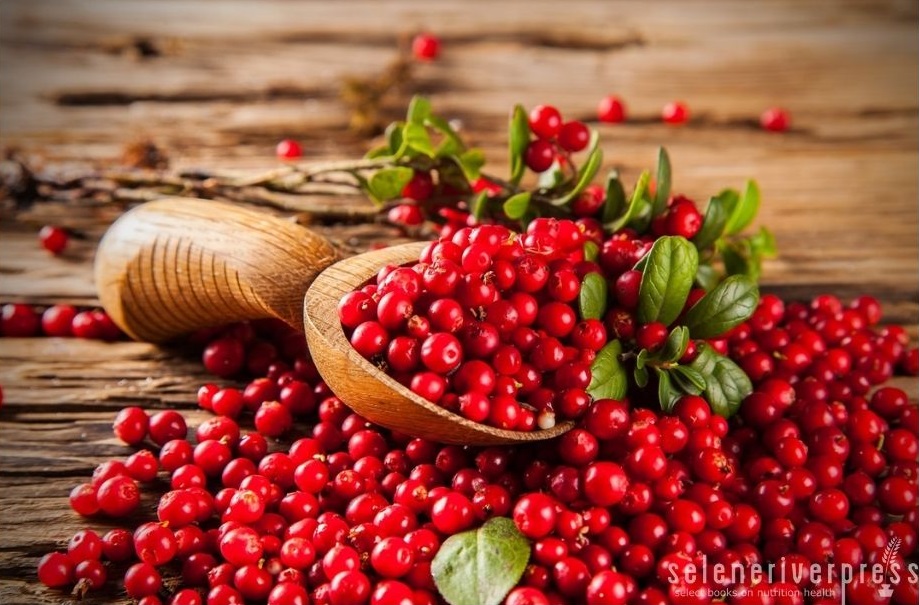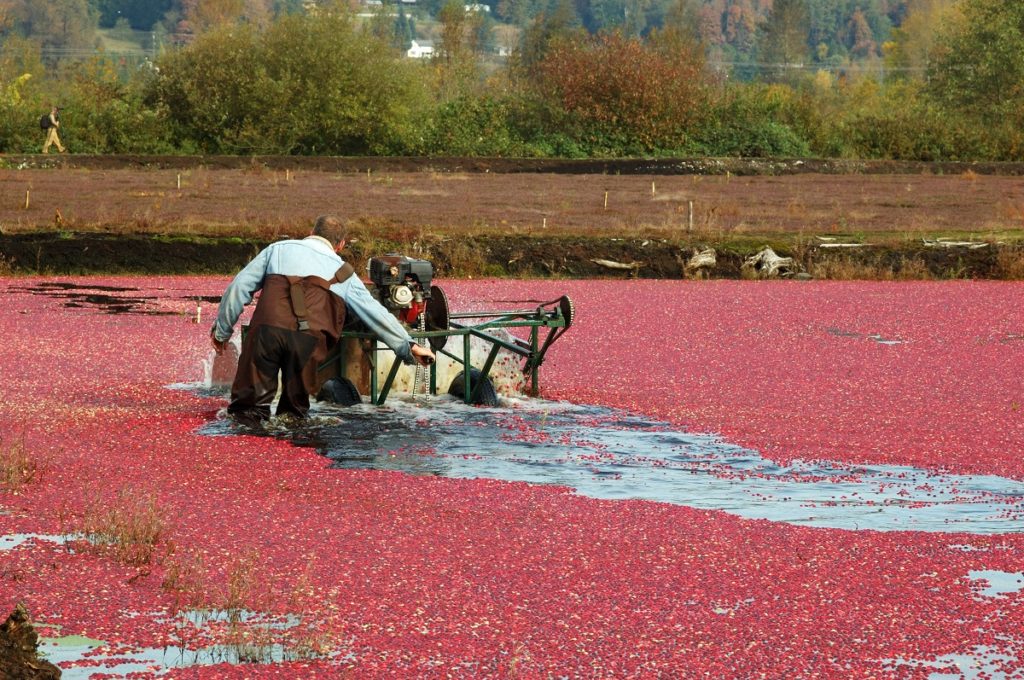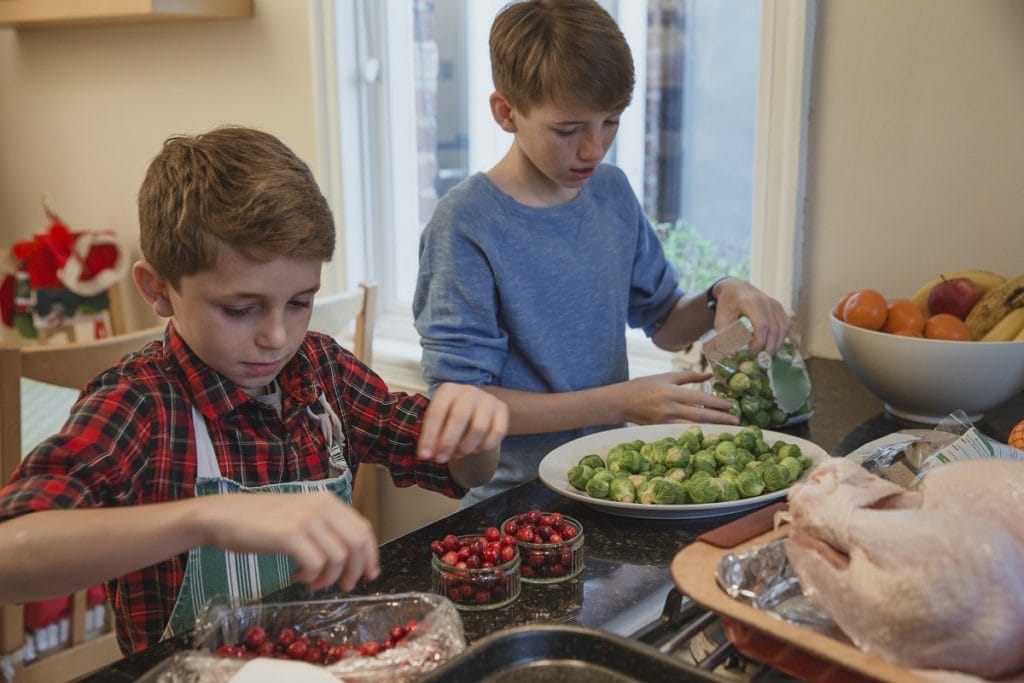Despite this difficult year with the disruptive coronavirus and the suspense of the nation, we are nevertheless headed toward our most special and beloved holidays: Thanksgiving, followed by Hannukah and Christmas, and then New Year’s Day. The sadness and shock we’ve all experienced this year is not quite over, yet Father Time turns our attention to these precious occasions that we all look forward to just as winter descends upon us.
With these thoughts in mind, it occurs to me that a wonderful symbol of tasty meals, happy gatherings, gifts galore, and lots of laughter is the phenomenal cranberry! Even its rich, ruby-red hue tells the story of this nutritious and versatile fruit. Let me take you on a journey of discovery into the awesome role the cranberry plays both in our health and in all of our special American holidays.
Thinking of Growing Your Own Cranberries? Think Again!
The techniques involved for growing your own cranberries may make you rethink undertaking such an intense gardening project. Unless you happen to be a young, energetic gardener with a good amount of land—in which case you could consider growing them commercially—I recommend that you simply buy organic cranberries.
For starters, cranberries are best suited to an acidic soil pH of less than 5, and you must have well-draining soil or amend your soil with sand. Also consider that very alkaline water will alter the pH of your soil, which may make it unsuitable for homegrown vines. Last but not least, cranberry plants need cold weather (32–45°F) for approximately three months of the year. Possibly this is enough to convince you that growing cranberries at home is a specialty best left to the professionals. (Smile)
Nutritional Benefits of the Phenomenal Cranberry
The primary nutritional components in cranberries include vitamin C, fiber, manganese, vitamin E, copper, pantothenic acid, and vitamin K. While they may get less attention than blueberries and other members of the Ericaceae plant family, cranberries are a rich source of many phytonutrients, including compounds such proanthocyanidins, which may prevent cancer, and anthocyanins, which may offer anti-inflammatory, antiviral, and anticancer benefits. Both of these compounds also help give cranberries their vibrant red hue.
Medicinal Wonders
The benefits of anthocyanin-rich substances are well documented. They have long been used in herbal medicine to address colds, urinary tract infections, and various conditions related to blood vessel health, including chronic venous insufficiency, high blood pressure, and diabetic retinopathy.
Another Interesting Cranberry Fact
Another wonderful thing about cranberries is that the United States is the largest single producer of cranberries in the world, with Wisconsin taking the lead in production, followed by Massachusetts. In 2016 alone, these two states produced over eight million barrels of cranberries.
I was especially glad to learn this because so many of our foods are now imported from China, Mexico, and other countries. Therefore, a great way to support our own American food growers is to start including lots of cranberries in our diet. Even better, support organic growers like Fresh Meadows Farm. They grow organic heirloom varieties and use a hand-picking dry method of harvesting that results in long-lasting fresh cranberries.
 Now here are some cranberry recipes below to adorn your holiday table.
Now here are some cranberry recipes below to adorn your holiday table.
Cranberry Nut Squares
Linda Woodward of Woodward Cranberry Farm contributed this recipe to a recent issue of Herb Quarterly. However, I have adapted it slightly to remove the ½ cup of white sugar and substitute the white flour for a healthier option. (If you choose to keep the sugar, cream it with the butter and follow the recipe from there.)
Ingredients
1½ sticks butter
2 eggs
1½ cups white whole wheat flour
1 teaspoon baking powder
⅛ teaspoon salt
1 teaspoon vanilla
1 cup chopped walnuts
3 cups whole cranberries
Small drizzle of raw honey (optional, for a sweeter taste)
Instructions
- Preheat oven to 325°F.
- With a mixer, cream the butter. Next, add eggs and dry ingredients. Add nuts and cranberries last, stirring in by hand.
- Pour mixture into a 9×14-inch oiled pan. Bake 45–50 minutes. When cooled, drizzle a bit of raw honey (if using) over the top of the finished squares.
Beet and Cranberry Kvass
—This Traditional Cook original recipe was inspired by Sally Fallon Morrell’s Nourishing Traditions (p. 610).
Note: This recipe calls for my special blend of beets and cranberries for a more potent beet kvass. Cranberries are known to have superior anti-cancer properties. In fact, about 40 different studies on cranberries and cancer have found that the following three hytochemicals are responsible for their anti-cancer benefits:
- Proanthocyanidins
- Anthocyanins (anticancer, anti-inflammatory)
- Ursolic acid (anti-inflammatory, antiproliferative)
The following yields enough for a half-gallon glass Mason jar. See my comments on making more kvass below.
Ingredients
3 medium-sized organic beets or 4 small beets, washed and gently cleaned (do not remove skin)
1 tablespoon sea salt (see note on salt below)
¼ cup whey (my favorite is whey drained from homemade kefir)
¾ cup fresh or frozen cranberries, pureed (instructions below)
Instructions
- Cut beets into small ½-inch squares. Fill a ½-gallon Mason jar with roughly 2½ inches of beet squares. Add sea salt over the beets. Next add the whey (or whey drained from homemade kefir, if using). Add pureed cranberries (instructions below).
- Fill the jar with spring water, leaving a small space at the top. Cap with a white plastic lid. Turn side to side to ensure salt dissolves.
- Place prepared jar on table or countertop where the temperature is approximately 70°F. I place a heavy towel over all my jars as it seems to ferment quicker. However, this optional.
- Leave for approximately 3–5 days, or until you see a thin white foamy film form at the top. At this point, place jar in the fridge for at least 3–4 weeks. The kvass will ferment slowly, and during this rest period the wondrous fizz we all love will develop naturally.
Additional Comments
Making more kvass: Because the kvass takes at least 3–4 weeks to turn fizzy, I recommend making 5–10 jars each time. When you start drinking it, immediately make another jar and begin to rotate so that you will always have some starting to ferment.
Salt only: I use whey and not just salt as many do because, as Sally Fallon Morrell explains, whey accelerates the fermenting process. Salt alone, if not used in the proper proportions, may cause the ferment to grow moldy as salt acts slower to begin the fermenting process. If you prefer using salt alone, experiment with how much you need to ferment without growing mold, or simply follow one of the many beet kvass recipes that use only salt.
Pureed cranberries: I generally buy a bag of frozen organic cranberries (or more for larger quantities). Once combined with spring water, a bag of cranberries will yield approximately enough for five (¾ cup) servings. Before starting my beet-cranberry kvass, I place the frozen cranberries in my Vitamix. (You could of course use a food processor or regular blender.) Add spring water barely to cover and let it sit for about 10 minutes. Blend into a puree and add ¾ cups to the recipe above, or more if increasing the recipe.
To learn more about beets, be sure to read my blog “The Beauty of the Beet.”
[xyz-ihs snippet=”Begin-Authors-Note”]Afterthoughts from the Traditional Cook
“I made cranberry sauce, and when it was done put it into a dark blue bowl for the beautiful contrast. I was thinking, doing this, about the old ways of gratitude: Indians thanking the deer they’d slain, grace before supper, kneeling before bed. I was thinking that gratitude is too much absent in our lives now, and we need it back, even if it only takes the form of acknowledging the blue of a bowl against the red of cranberries.”
—Elizabeth Berg
Disclaimer from Maria Atwood, CNHP: I am a Certified Natural Health Professional, CNHP, not a medical doctor. I do not diagnose, prescribe for, treat, or claim to prevent, mitigate, or cure any human diseases. Please see your medical doctor or health practitioner prior to following any recommendations I make in my blog posts or on my website.
Images from iStock/habovka (main), kongxinzhu (harvesting cranberries), DGLimages (young boys making dinner), zia_shusha (red drink).







Hi! Regarding your beet-cranberry kvass, at what point in the recipe do you strain out the beets? Do you leave them in while the kvass is being refrigerated for the extra 3-4 weeks?